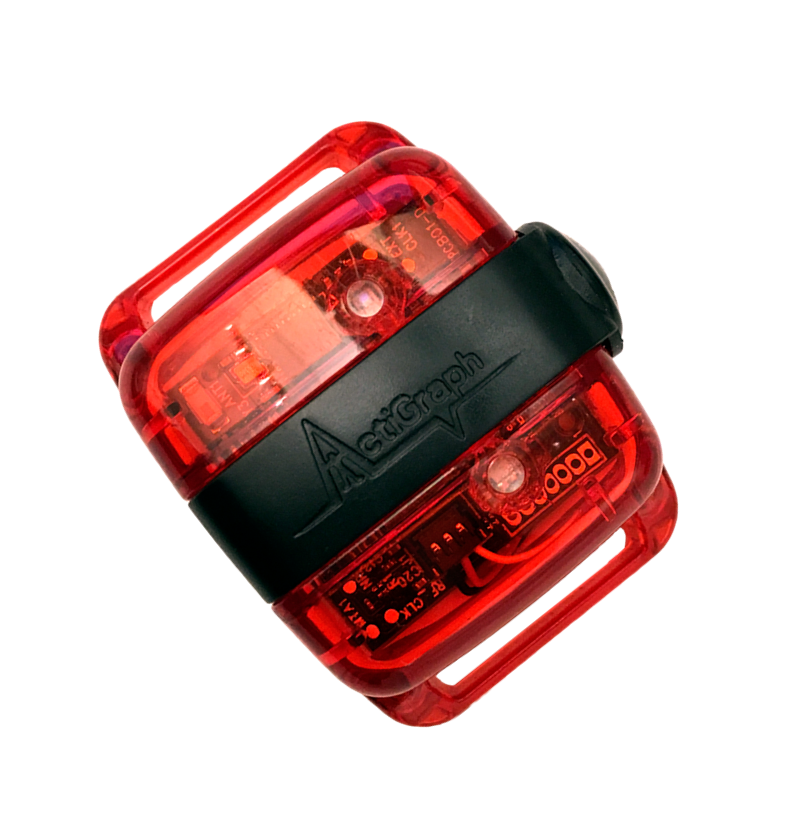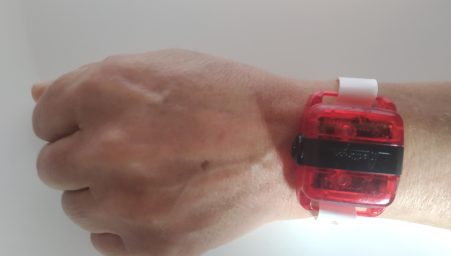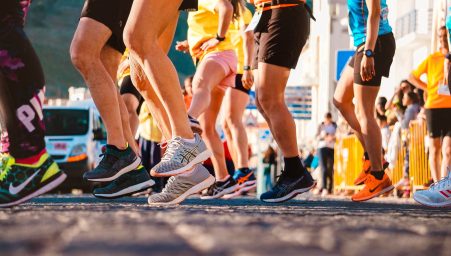Accelerometer

Protocol
The adolescents used the device on the non-dominant wrist for 7 consecutive days. They were instructed to use the accelerometer for 24 hours (including the time sleeping), except for activities in which the monitors would be submerged in water (for example, surfing, swimming, but not bathing or washing the dishes).

Stationary Behavior
To classify the time that the adolescents remained in stationary behavior, the cutoff point of Hildebrand and collaboratorswas used, and those activities with acceleration below 35.6 mg were classified as stationary.
Physical Activity
Physical activity was classified into Light Activities and Moderate and Vigorous activities, also using the cutoff points proposed by Hildebrand and collaborators. Mild activities were considered as those with acceleration between 35.6mg and 201.4mg, while for moderate and vigorous activity were those above 201.4mg.
Sleep
From the use of accelerometers, it was possible to estimate different variables related to sleep, such as duration and efficiency. For this, we have used the Heuristic algorithm, looking at Distribution of Change in z-Angle presented by Van Hees (2018). This algorithm identifies the longest period of inactivity within 24 hours, with the least number of interruptions, classifying as a sleep period.



